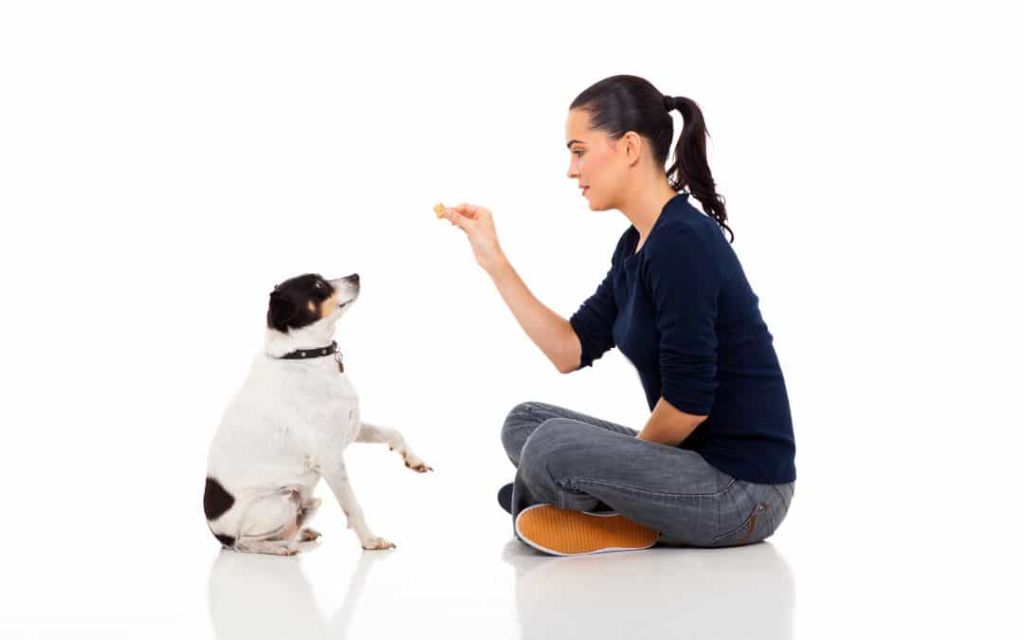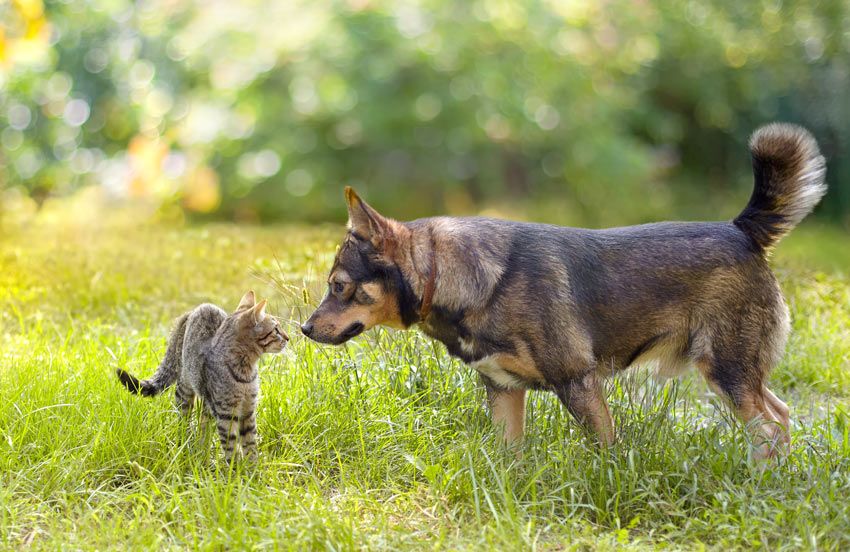Prepare Your Home For the New Cat
Before bringing home a new cat, it is important to set up a safe room in your home where the new cat can stay when first arriving. This gives the new cat time to get comfortable in a smaller territory before being introduced to the rest of the home. Provide the new cat’s safe room with the following:
- Set up a safe room: Designate a room such as a spare bedroom or bathroom where the new cat can stay when first arriving home. Make sure the room is cat-proofed by removing any toxic plants, secure cabinets, and covering cords.
- Provide hiding spots and vertical space: Cats feel more secure when they have places to hide, like in a cat condo, covered bed, or cardboard box. Also give access to tall cat trees or shelves so they can climb up high.
- Have separate litter boxes, food/water stations: Keep litter boxes, food, and water bowls separate from your current pets initially. Gradually move them closer together as the animals get to know each other.
Having the separate safe room allows your current pets and the newcomer to slowly get used to new smells and sounds at their own pace before meeting face-to-face.
Choose The Right Dog
When introducing a new cat to your resident dog, it’s important to choose a dog with the right temperament. According to the AKC article Dogs that are Good with Cats, some breeds that tend to get along well with cats include Labrador Retrievers, Basset Hounds, and Cavalier King Charles Spaniels. These breeds tend to have calmer dispositions.
Avoid bringing home dogs with high prey drives, as their instincts to chase small animals may overwhelm their training. High energy dogs may also have trouble controlling their impulses around a new cat. Finally, adult dogs tend to be calmer and more set in their ways than puppies. Puppies’ excitable nature could accidentally hurt or scare a cat.

When adopting a shelter dog, discuss any cat experience with the staff to get their take on compatibility. With patience and training, many adult dogs can learn to peacefully co-exist with cats.
Allow The Animals To Smell Each Other
Before you actually introduce your new cat and dog face-to-face, it’s important to allow them to get used to each other’s scent first. Letting the animals smell each other from a distance can help them start to become accustomed to each other in a gradual, non-threatening way.
A good technique is to keep your new cat confined in one room at first, while allowing your resident dog to smell the cat under the door. You can also rub each animal with a towel or blanket, and then place the items in the other animal’s space so they can investigate the scent.
According to veterinarians, letting pets sniff each other through barriers is an excellent way for them to become familiar with each other from a safe distance. It allows them to detect identifying scent cues before meeting face-to-face.[1]
Exchanging blankets or towels between the cat and dog’s separate spaces allows each animal to investigate the other’s scent markers before meeting in person. This technique has been recommended by animal behaviorists and trainers as a way to facilitate safe introductions between pets.[2]
Make The First Introduction
When doing the first in-person introduction between your dog and new cat, go slowly and be ready to intervene if needed. The ASPCA recommends having both pets on leashes so you can restrain them if necessary.
“Keep the dog on a leash and let the cat come and go as he wishes. Do not restrain either pet in your arms, as injury could result,” advises the Animal Humane Society.
Have treats ready to reward calm behavior. Carefully watch both animals’ body language for signs of fear, aggression or over-excitement. If the pets seem stressed, go back to scent introductions and work up to in-person meetings more gradually.
“Take it slowly and at the pets’ pace,” says the American Humane Society. With patience and positive reinforcement, the dog and cat can learn to coexist peacefully.
Manage the Early Interactions

It’s important to closely monitor and manage the early interactions between your new cat and existing dog. Keep these first interactions brief, ideally starting with just a few minutes at a time. Be ready to intervene and redirect any bad behavior like barking, hissing, swatting, or chasing from either animal (see source). If the dog remains calm and polite, be sure to praise and reward that behavior.
Try to end each initial interaction on a positive note. Take a break and put the animals in separate rooms if things get heated. Praise any polite interactions between the two, as this helps them form positive associations. For example, if they smell each other curiously without incident, reward them both with treats. With patience and proper management, the new cat and dog can learn to get along safely.
Create Positive Associations
When introducing a new cat to a resident dog, it’s important to create positive associations between the animals so they learn to like being around each other. Here are some tips for building positive experiences:
Give treats when the animals are calmly in view of each other or in the same room. This helps them associate something enjoyable when the other one is present. Make sure to reward calm behavior and don’t give treats if they seem stressed. According to Fetchmasters, interactions should be predictable and free of fear or stress.
Engage the pets in play time together with interactive toys. Fun playtime will help form an enjoyable bond. Try fishing pole style toys so they can play while still at a distance. As they become comfortable, introduce balls or toys they can pass between each other.
Consider allowing them to share meal times in the same room so they associate something pleasant when the other one is around. Feed them on opposite sides of the room at first, then move the bowls slowly closer over time as they remain calm together.
Ensure Safety When Alone
When you first introduce a dog and cat, it’s important not to leave them alone together unsupervised until you’re confident they get along. There are a few things you can do to ensure their safety when they’re home alone:
Use baby gates to separate the animals when you’re not home. Block off areas like the cat’s litter box and food dishes so the dog can’t access them. Make sure the cat has an escape route to a high perch or a room the dog can’t access.
Keep the cat’s space completely dog-free. Give the cat its own safe room with all of its amenities that the dog is not allowed into. This gives the cat a stress-free space when it needs alone time. Slowly expand shared spaces as the animals become comfortable (Leaving your dog home alone (a guilt-free guide)).
Crate train the dog. A crate trained dog can be left alone longer safely. Make sure the crate is comfortable with a bed, toys, and water. Never crate the cat. Slowly increase crate time to avoid separation anxiety.
Be Patient
Expect the adjustment period to take weeks or even months as the new cat and resident dog get to know each other. Some pets will become fast friends, but many more will need ample time to warm up and become comfortable around each other. According to veterinary behaviorist Dr. Landsberg, the introduction process usually takes two to three weeks, but can extend up to a few months depending on the pets.1

Be prepared to let your pets move at their own pace and gradually get used to each other’s presence, scents, and sounds. Rushing the introduction or forcing interaction too soon can cause setbacks. Let your pets initiate contact themselves as they become ready. With patience and proper precautions, your dog and cat can learn to coexist safely and become companions.
Troubleshoot Problems
If aggression or fear develops during the introduction process, don’t lose hope. There are strategies you can try to get your pets back on track.
First, try to identify the root cause of the aggression or fear. A dog may become aggressive if it feels the need to protect its territory or resources. Similarly, a cat may become fearful if it feels cornered or overwhelmed. Consult experts like veterinarians, animal behaviorists, or experienced rescue workers if needed to help diagnose the issue.
It’s a good idea to reintroduce the pets gradually in a controlled setting if aggression or fear flares up. Go back to keeping them separated and work on positive associations through mealtimes or play. Then do the introduction routine again in small increments. With patience and positive reinforcement, many pets can overcome initial conflicts.
In extreme cases of aggression that poses a safety risk, you may need to reconsider whether the pets are a good match. But expert guidance combined with a slow reintroduction often helps pets work through their differences. Don’t get discouraged if it takes time for them to adjust.
Enjoy Your New Pet Family
After putting in the hard work of slowly and properly introducing your new cat and dog, you can now reap the rewards of a loving furry family. The patience and effort you put in is well worth it for the special lifelong friendship your pets can now share. Seeing them play together, cuddle, and simply coexist peacefully will melt your heart.

This is the perfect time to capture plenty of adorable photos of your cat and dog bonding. Catch them snuggling together napping or gazing out the window side-by-side. These precious moments will be memories you’ll treasure for years. Just be sure to never force interactions or make them stay posed together just for a picture.
Now you can look forward to lazy weekends spent with your new furry duo curled up on the couch with you. Having a dog and cat who are companions to each other will bring you so much joy as you go about your daily life. And you may even catch them grooming each other as they officially accept one another as siblings.